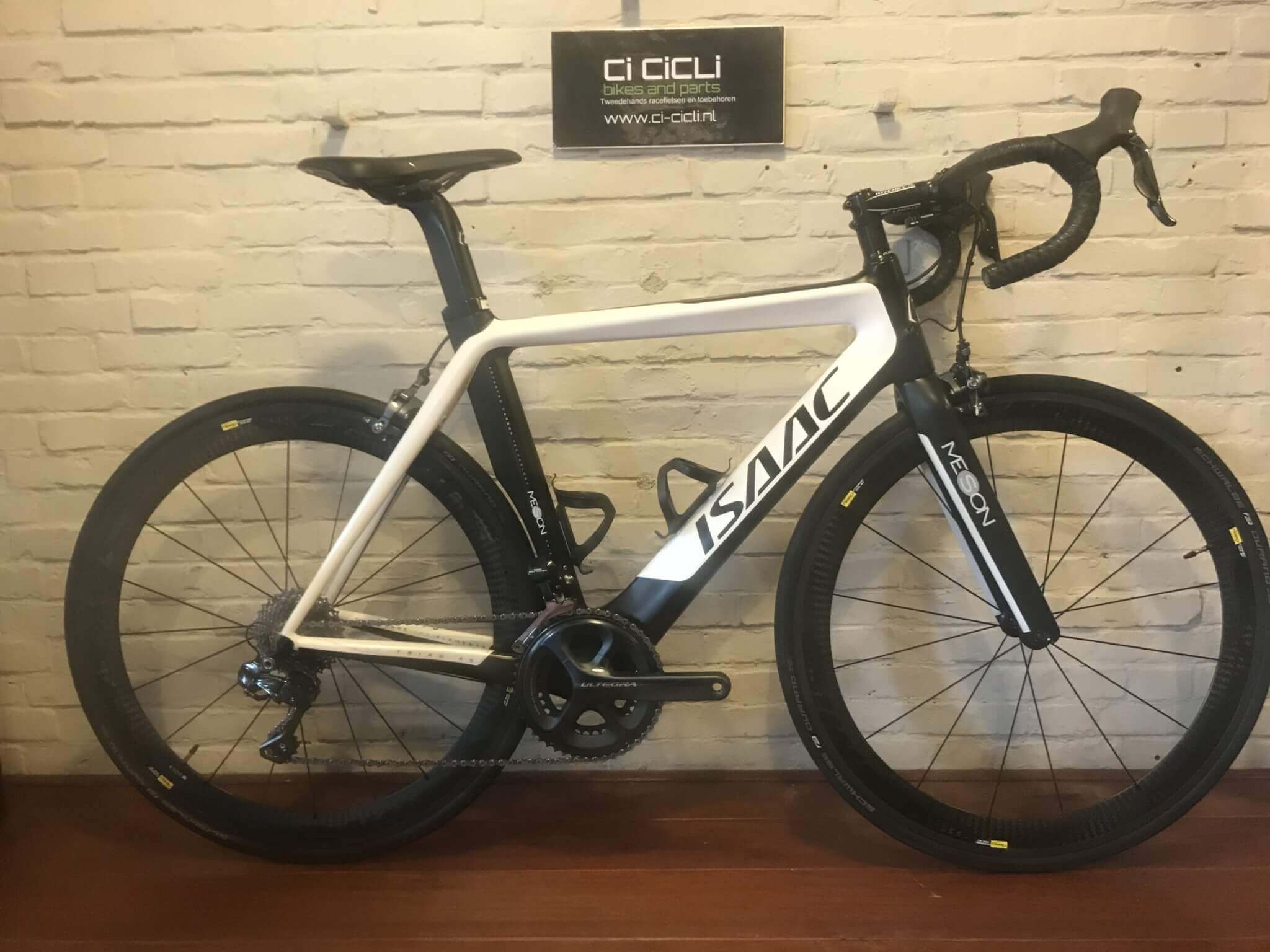
Módszerek: A keresztmetszeti, kérdőíves kutatásban 65 éves és afeletti életkorú vizsgálati személyek önkéntesen vettek részt, az adatokat anonim módon, papír–ceruza alapon ( n = 142) és online ( n = 167) formában gyűjtöttük. Másodsorban arra a kérdésre keressük a választ, hogy az idősek mintáján van-e protektív szerepe az online tér használatának a depresszió vonatkozásában. Elsődleges célja a 15 tételes Rövid Geriátriai Depresszió Skála (GDS-SF) hazai normatív mintán történő tesztelése és az alkalmazásával szerzett tapasztalatok közreadása. Célkitűzés: Jelen tanulmány célkitűzése kettős. A Rövid Geriátriai Depresszió Skála (GDS-SF) az időskori depresszió tüneteinek felmérésére alkalmas kérdőív, amelyet gyakran alkalmaznak nemzetközi viszonylatban a klinikumban. Being male, being younger, lower education level, being single, using alcohol and cigarettes, psychiatric distress, positive and negative affect, and anxious adult attachment were positively associated with problematic gaming.īevezetés: Az időskori depresszió gyakran aluldiagnosztizált, noha a vezető pszichés problémát jelenti ebben az életkorban. Results showed that 1.6% of the participants were problematic gamers. Latent class analysis showed the existence of eight different game profiles, which differed in relation to the intensity and specific features of the behavior. Participants completed a comprehensive survey comprising a demographic questionnaire, Gaming Addiction Risk Questionnaire, Brief Symptom Inventory, Personal Well-Being Index Adult Form, Positive and Negative Affect Schedule, Toronto Alexithymia Scale, and Experiences in Close Relationships-Revised Scale. The present study investigated the prevalence, the potential different profiles, and the associated psychological factors of disordered gaming using data from a large-scale epidemiological study (TURBAHAR ) carried out in Turkey in 2018 with 24,494 participants aged 18-81 years. These results are building blocks for future neurophysiological assessments of flow. On the physiological level, a higher level of flow was associated with increased overall sympathetic activity and less inhibited parasympathetic activity toward the end of the game. Since higher absorption was related to higher performance in the game, the higher HEP in more absorbed individuals reflects more efficient brain-heart interaction, which is necessary for efficient game play. While the HEP amplitude was overall lower during the gaming session than during the resting states, within the gaming session the amplitude of HEP was positively associated with absorption. The HEP amplitude predicted the level of absorption in the game. This HEP effect corresponded with lower activity during gameplay in brain regions contributing to interoceptive processing.

On the cortical level, the fronto-central HEP amplitude was significantly lower while playing the game compared to resting states before and after the game, reflecting less self-referential processing while playing.

The more participants were absorbed in the game, the less they thought about time and the faster time passed subjectively. 22 gamers and 21 non-gamers played the video game Thumper for 25 min while their brain and cardiorespiratory signals were simultaneously recorded. We used the heart-evoked potential (HEP), an index representing brain-heart interaction, as well as indices of peripheral physiology to assess the state of flow in individuals playing a video game. The flow state-an experience of complete absorption in an activity-is linked with less self-referential processing and increased arousal.


 0 kommentar(er)
0 kommentar(er)
